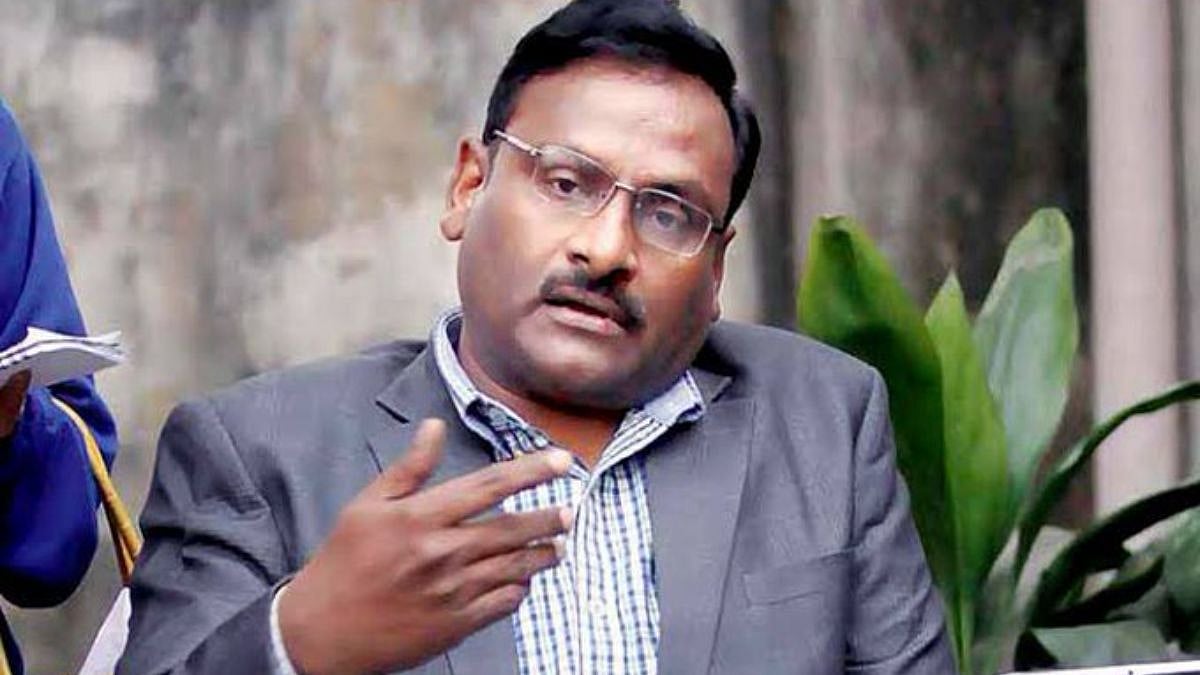If all goes well, Internet users in at least some places in India will be able to have 5G services by October. Work on spectrum allocation has begun and the successful bidders will have to make infrastructural arrangements to roll out the services. It should be said to the credit of the government that on August 1, the 5G spectrum auction was successfully concluded in a transparent manner, though only 71 per cent of the airwaves were sold. There was very little speculation involved in the bidding process as a foolproof system had been initiated. The bidders could themselves decide how much bandwidth they should have depending, of course, on the money they could invest. If any company wanted more, it should have invested more and vice versa. Small wonder that Ambani-owned Jio captured almost half of all the airwaves available at Rs 88,078 crore. Airtel and Vodafone-Idea spent Rs 43,084 crore and Rs 18,799 crore respectively for proportional airwaves. That the auction fetched Rs 1.5 lakh crore would warm the cockles of the finance minister’s heart.
The entry of the Adani group, which invested Rs 212 crore, created speculations, now scotched with their plan to use the airwaves for their own consumption. The rolling out of 5G services, which are 10 times faster than 4G, would mark the transformation of mobile services in the country. Eventually, people would be able to use billions of devices for business, education and entertainment. As India is the second largest manufacturer of mobile phones in the world, it should not be difficult to make all the new phones 5G enabled. Prices of 5G-enabled phones have been falling and by October almost all the new phones would have this capability. This will change the way people use mobile phones and stay connected with the outside world.
RBI must now proceed with caution
Containing excess liquidity in the system, and quickly at that, without hurting economic growth is no easy task and no one would envy the Reserve Bank of India, which has been performing this delicate balancing act for close to five months now. While the latest increase of 50 basis points in the policy rate that the central bank announced after Friday’s meeting of its Monetary Policy Committee (MPC) was not unexpected, it was also indicative of the RBI’s aggressive intent to rein in the annual retail inflation rate and bring it back under its mandated 6% ceiling while maintaining its confidence on continued growth momentum.
Friday’s interest rate hike was the third straight increase by the RBI since May and it is now quite obvious that the central bank will continue with the same approach at least at the next MPC meeting in September, and probably for the rest of the calendar year, as it expects the consumer price index-based inflation in the second quarter of the current fiscal year to be at 7.1% and at 6.4% in the third. Experts see the apex bank taking the interest rate up to 5.75% by the end of the year. Given the growth-inflation outlook, further hikes towards at least 6% terminal repo rate cannot be ruled out.
However, it is important that the RBI tempers the pace of the hikes as we go forward. This is necessary because the lending rate calibration by the RBI could trigger a downward trend among borrowers, especially in segments like small business and home loans. EMIs are bound to go up with each successive rate hike, though that has not been so obvious with the previous ones. However, once the rates reach a certain level, consumers may be tempted to adopt a wait-and-watch approach, which can then hit growth.










